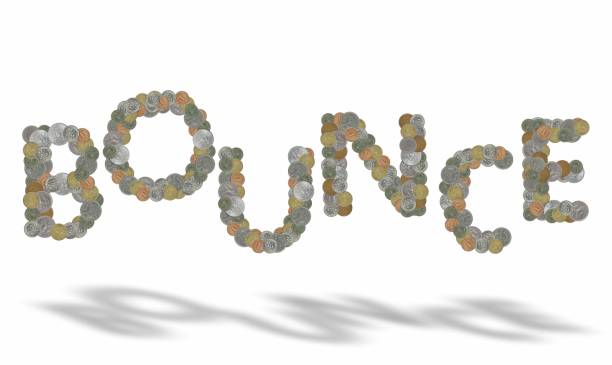Bounce rate is the percentage of people who visit your page and leave without taking any action, such as making a purchase, clicking a link or filling out a form. Sometimes, they do not even spend up to 10 seconds on your page. Your bounce rate can help you understand how well your site attracts and retains users. When people bounce from your website, it means they didn’t convert, so if you can reduce your bounce rate, you will increase conversion.
In addition, a high bounce rate may also indicate issues with user experience, page layout, content, copywriting, etc. This means you have some work to do to improve your site. Finally, bounce rate may also be used as a Google ranking factor.
How to Calculate Bounce Rate
Bounce rate is calculated by dividing the total number of single-page visitors by the total number of visitors. For example, if 300 people visit your site and 180 of them visit just one page and leave, your bounce rate will be 60%.

What is a Good Bounce Rate?
If you aim for a 0% bounce rate, you may soon get discouraged because it is unrealistic; the average rate can be between 26% and 70%, depending on the industry, type of website and where your traffic comes from.
It is highly unlikely that your bounce rate will go below 20%, but the range can also change depending on the viewers’ device. The average bounce rate for desktops is 43%, but for mobile phones, it is 51%. This is because people tend to be easily distracted when using mobile phones. So, consider where your traffic is coming from before drawing your conclusions.
How to Improve Your Bounce Rate
If your bounce rate is high, it is not for you to be worried and discouraged about your marketing strategy; instead, you should take specific steps to improve it and increase conversion for your business. Here are the 3 things you can do to reduce your bounce rate
Ensure Your Website is Mobile-friendly
More than half of the web traffic generated globally is from mobile users, so if people visit your site and have to zoom in to read its content, it can be discouraging for them and lead to a high bounce rate. Therefore, it is essential that your website provides a mobile-friendly experience, and it should be very engaging to keep people there when they visit.
Avoid Specific Disruptions That Can Ruin the User Experience
The importance of a good user experience cannot be overemphasised; regardless of the user’s device, they shouldn’t experience annoying disruptions when using your site. Things like full-screen pop-ups, video ads, and so on can be very irritating and your visitors may not stay on your page long enough for them to convert to customers. So when introducing ads to your website, craft them properly so they don’t disrupt users’ experience.
Check if Your Content Sufficiently Covers Topics on the Keyword Your Page Ranks for
If visitors come to your page because the keywords you used to optimise your website led them there, and they don’t find content relating to that keyword, they will be disappointed. It is misleading to use specific keywords to rank your page, and then your content does not sufficiently cover topics on those keywords; visitors will quickly bounce since they can’t find what they are looking for.